The sacred islands off the coast of Africa where you need permission to go ashore
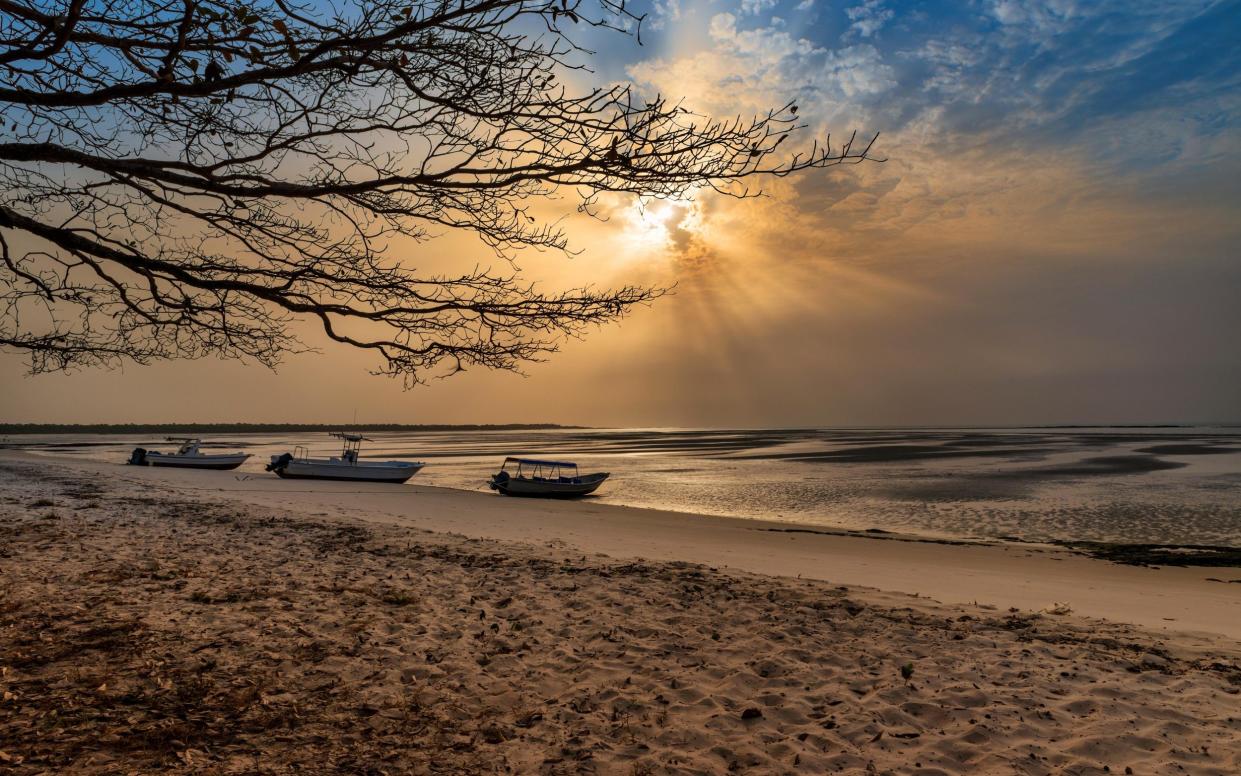
For travellers, the desire to “discover” truly untouched destinations is just that; a desire. But in 2019, I set out to explore a group of 88 islands and islets in the Atlantic of which very few had heard: the Bissagos archipelago.
New to cruise itineraries, it proved one of the most thrilling places I have been – a prelapsarian paradise rare today. But then Covid hit, itineraries were suspended, and the Bissagos returned to obscurity. Five years on, the sun shines on the islands once more, as the French cruise line, Ponant, resumes itineraries to this remote spot next year – their luxurious ships being one of the few ways to visit in comfort and safety.
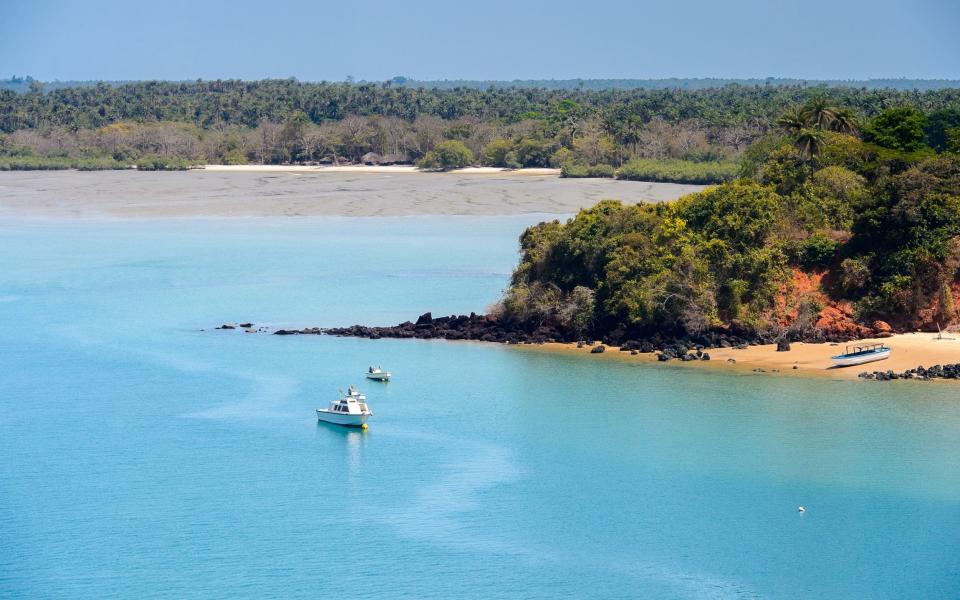
A UNESCO biosphere reserve since 1996, this area of 5,000 square miles has been protected from tourism by its inaccessibility, lack of infrastructure and transportation, and the dodgy political situation that has plagued Guinea-Bissau – one of the poorest countries in the world – since it gained independence from Portugal in the 1970s. Also spelled Bijagós (meaning “perfect people”), the islands have only 23 that are inhabited – and not only do you need the islanders’ permission to go ashore, but some of the islands, considered sacred, are out of bounds altogether.
Escorted by dolphins, we sailed by night, skirting the archipelago to avoid rocks and sandbanks in the notorious shallows, 19th-century navigation charts – the only ones in existence – serving us well. In the morning, scouts ventured ahead to test the lie of the land, and smooth our arrival with the islanders.
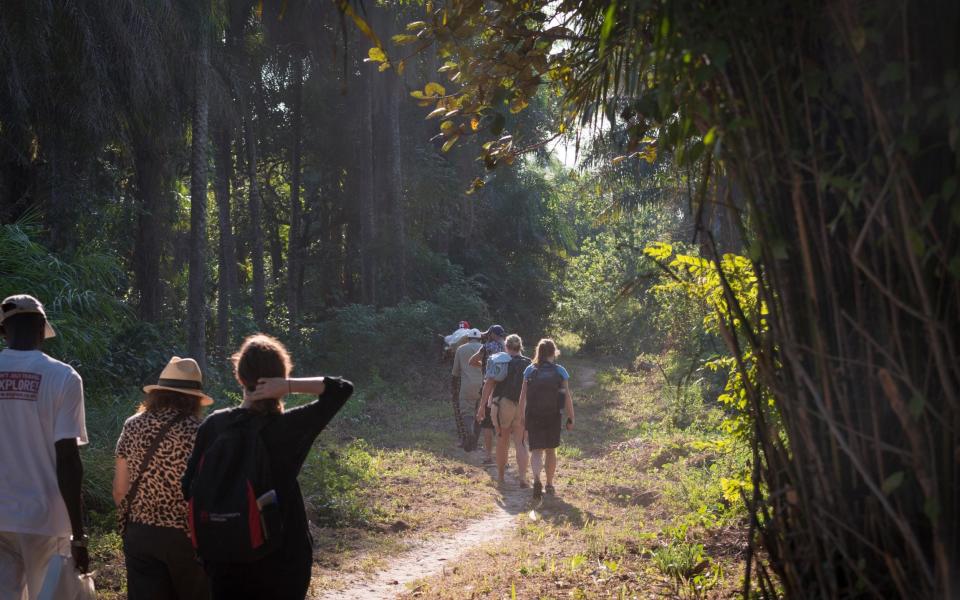
But paradise, as Eve would attest, is not without its pitfalls. “In the jungle, you must stick to the paths at all times,” our expedition leader stressed at each briefing. “There are mambas in the trees, and horned vipers camouflaged in the grasses. And, depending on the tides, you might have to wade ashore for half an hour – watch out for the stingrays.” Not to mention the bull sharks that make swimming – so tempting, from the sandy beaches - most inadvisable, except in designated areas.
We trekked through savannah peppered with acacia trees, followed footprints, and waded through leech-infested waters to see the famous saltwater hippos. In the dry season, they inhabit the mangrove swamps; we found them in a crocodile-infested lake, nibbling water lilies.
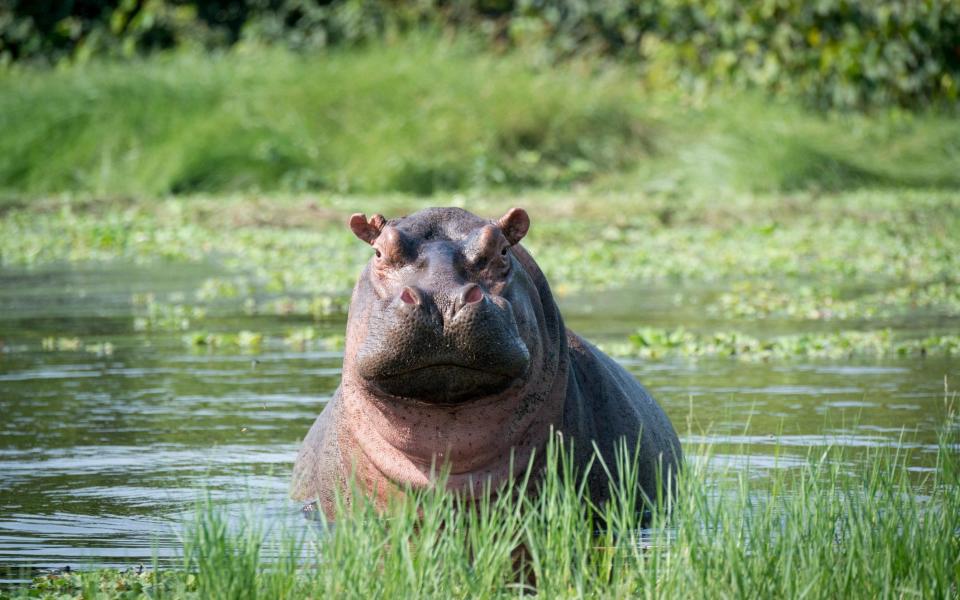
Despite the rich biodiversity of the Bissagos, the fascination of these islands lies in their 30,000-strong human population. Theirs is a strictly hierarchical society based on age-related class groups through which all must progress, via a series of gruelling initiation rites.
To reach the villages of mud and straw huts, we trekked through sun-dappled forests of thick ferns, palm, mango, cashew, and kapok trees; passed slash-and-burn clearings where crops are rotated; sailed by Zodiac through magnificent, ever-narrowing channels of mangrove – birding heaven – where children played, diving off dug-out canoes.
On the island of Carache, we followed the sound of drums, and found Nathalie, queen and priestess of her 100-strong community. She was expecting us, statuesque in colourful headscarf and toga of dried palm leaves, seated with two female elders on a fallen tree trunk, a small boy sifting bright orange palm nuts at her feet. All around were rice paddies. Nathalie ushered us to where a group of youths stood gathered, draped and crowned in foliage, with anklets of shells. They began to dance and it was as though the paddies had come to life.
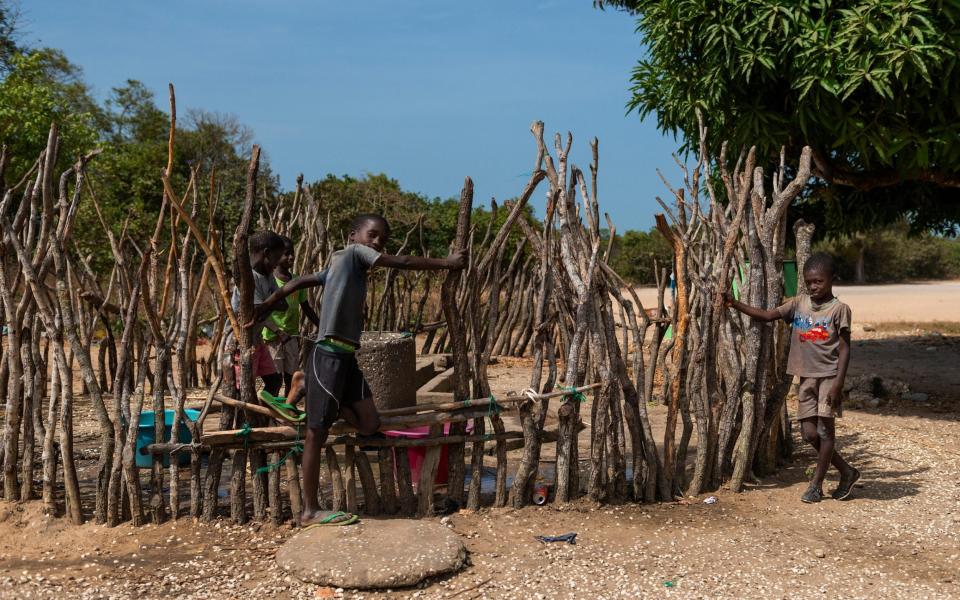
While there are variations between islands in both customs and the local Bidyogo language, dance was a common feature of our greeting in each village and is an important element of initiation. Rhythmic, energetic, elemental performances, by young men and women dressed in zoomorphic headdresses.
Bolama, the island closest to the mainland and, from the 1870s to the 1940s, the capital of Portuguese Guinea, offered a very different experience. “Brancos! Brancos!” [“White people!”] yelled a little boy as we landed and made our way past colourful wooden pirogues – the islanders’ only means of reaching the mainland – and fishermen mending nets the old-fashioned way, looped taut on their big toe. For one thing, Bolama has handsome stone mansions - the legacy of competing British and Portuguese colonists – now crumbling, roofless, melancholic ruins. Here, I saw my first signs of commerce: blue barrels of potent “cashew wine”, bound for the mainland; and a shop, empty but for a single loo that sat in the middle of the room, like a throne. “It won’t sell,” laughed Laurent, our guide, “nobody uses them!”
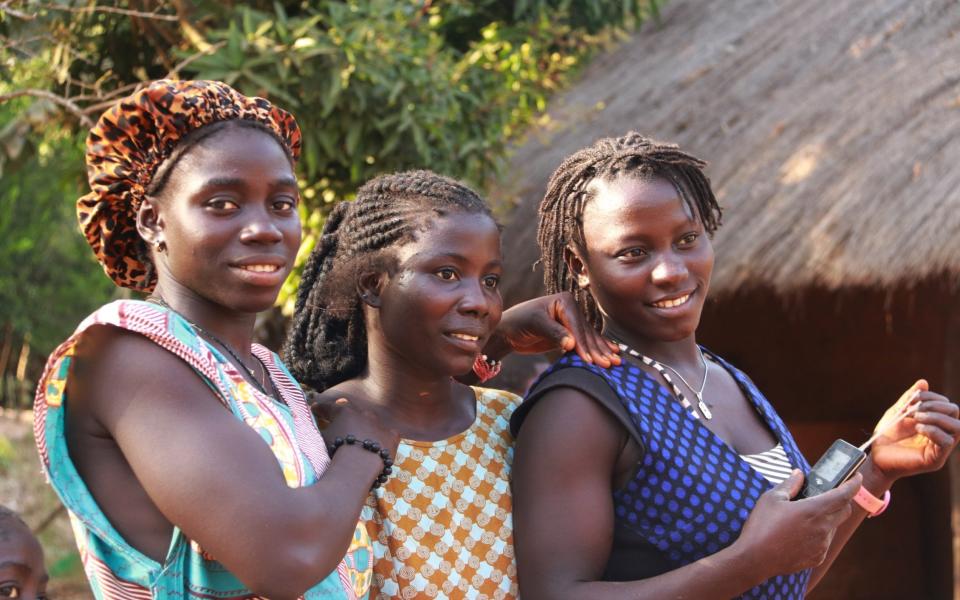
The governor awaited outside his residence – another handsome, balconied ruin. He thanked us for coming – “the first cruise ship,” he said. There were speeches, and then, once again, dancing. It was, perhaps, my favourite spectacle of all: young boys, caked in mud and kitted out with spears, like fearsome warriors with, in place of gourds, empty Coca-Cola cans strung incongruously around their waist.
Wandering through the town, I was surprised to find both a Catholic and a Protestant church. “Some people convert to Christianity to escape the hardships of initiation,” said Laurent. “But they all remain animists, at heart.”
Lost in time, Bolama proved a fascinating bridge between two worlds. And was the closest I’d come all week to “civilisation” as we know it.
The next eight-night “Adventure in the Bissagos Islands” is aboard Le Lyrial, departing from Dakar on April 7 2025. Prices from €5,490 pp, excluding flights. www.ponant.com


